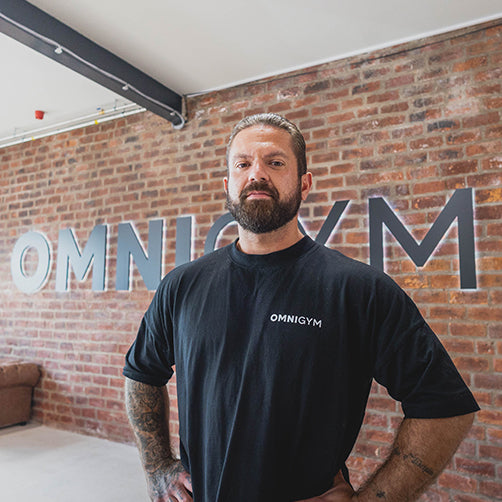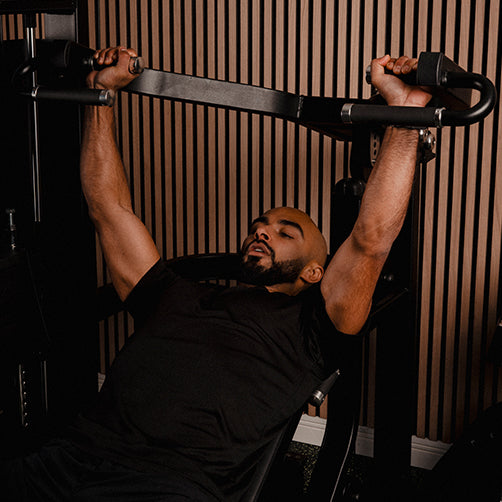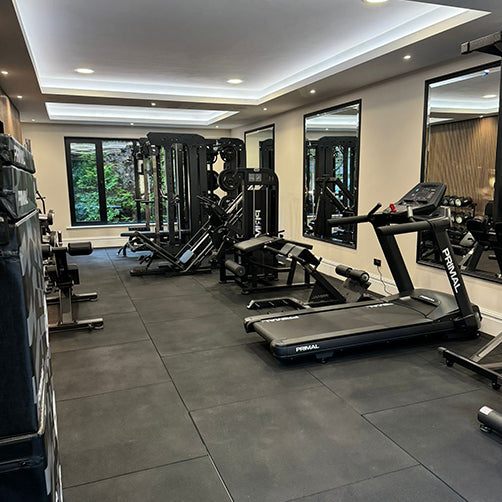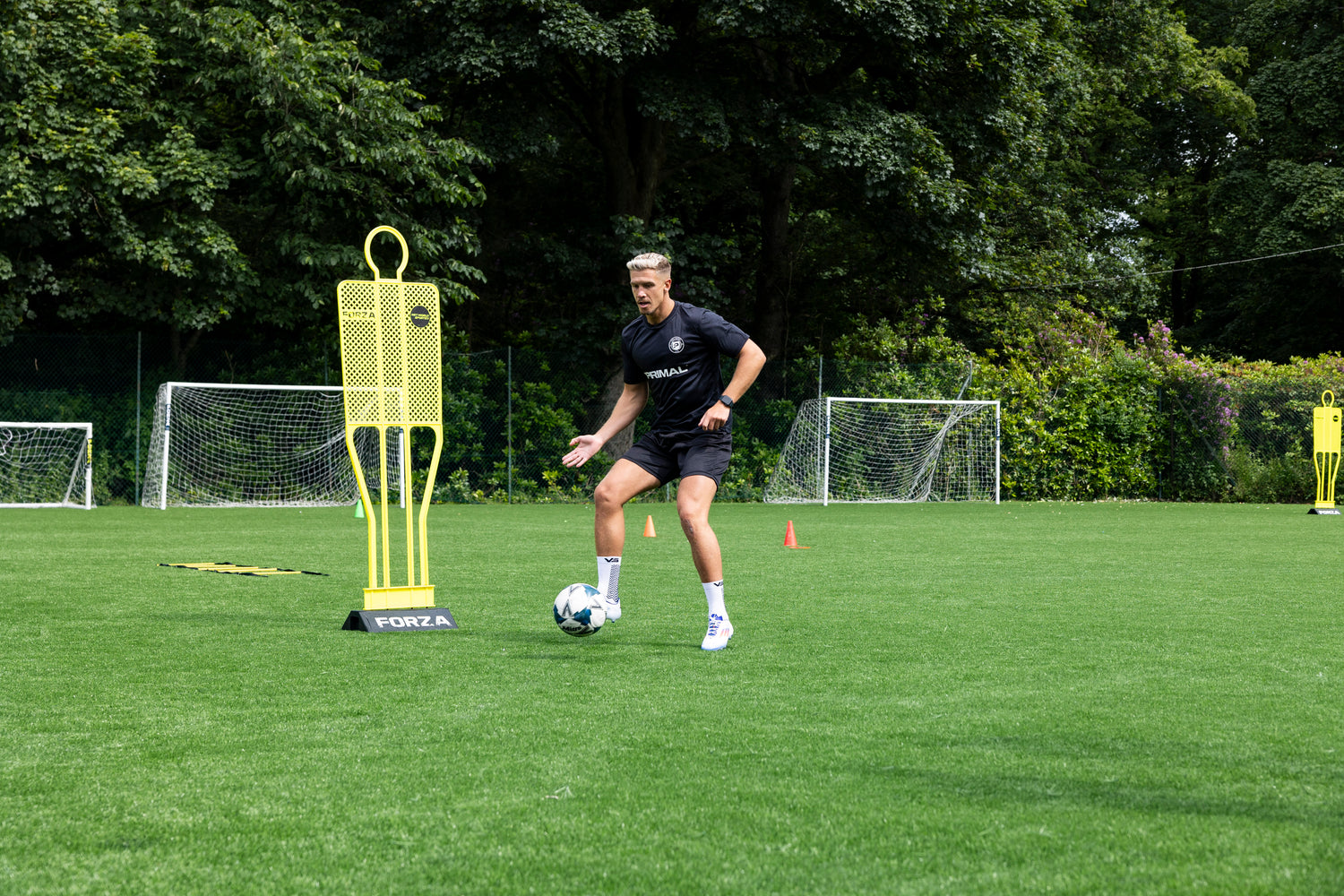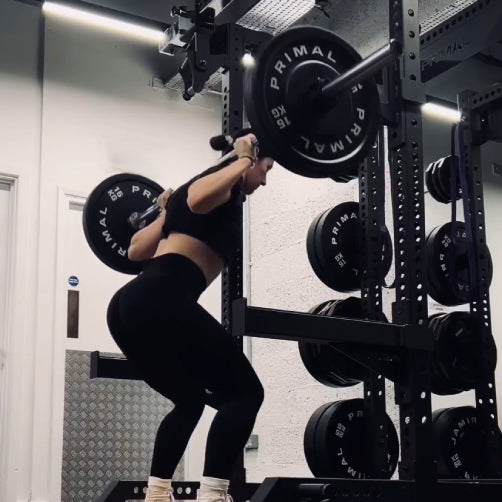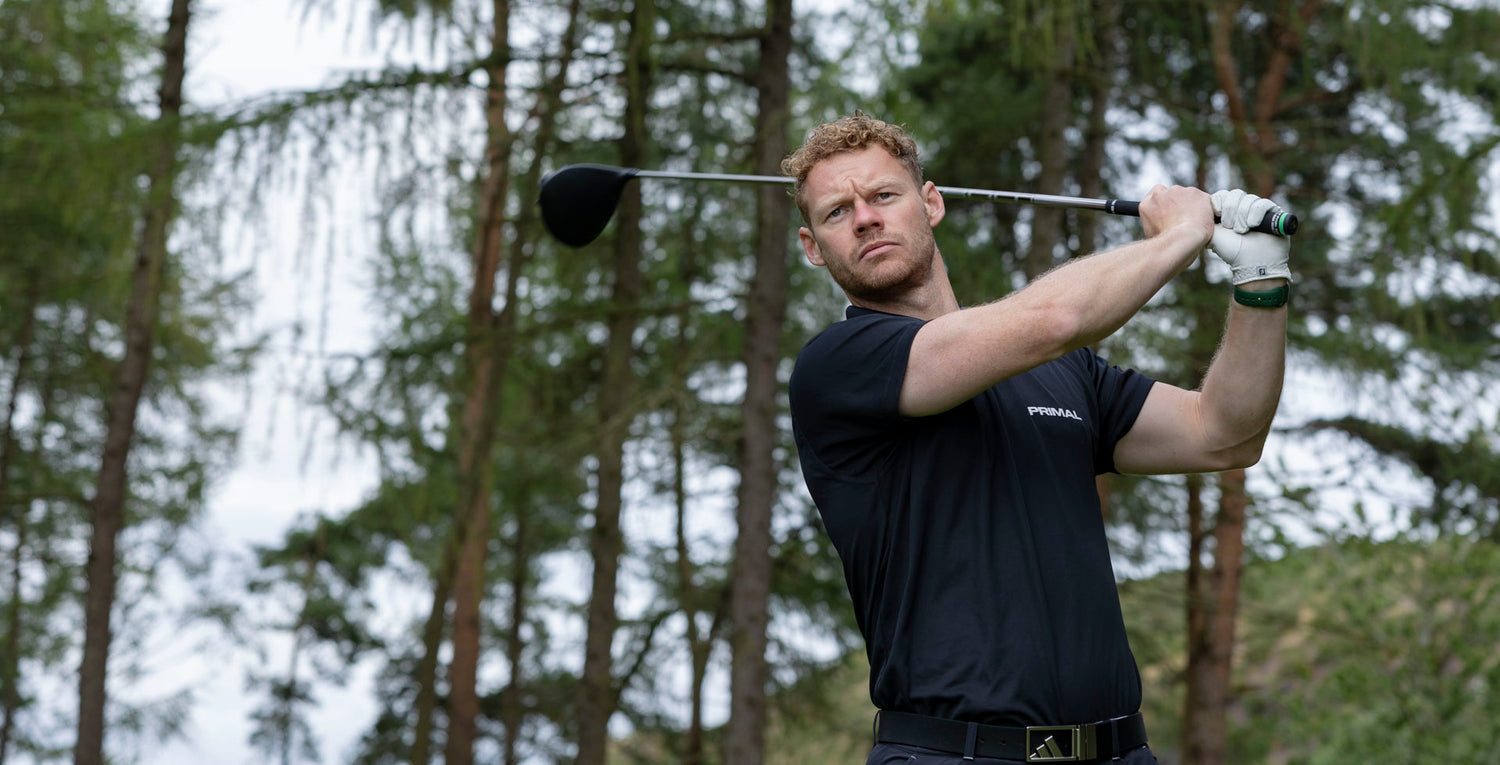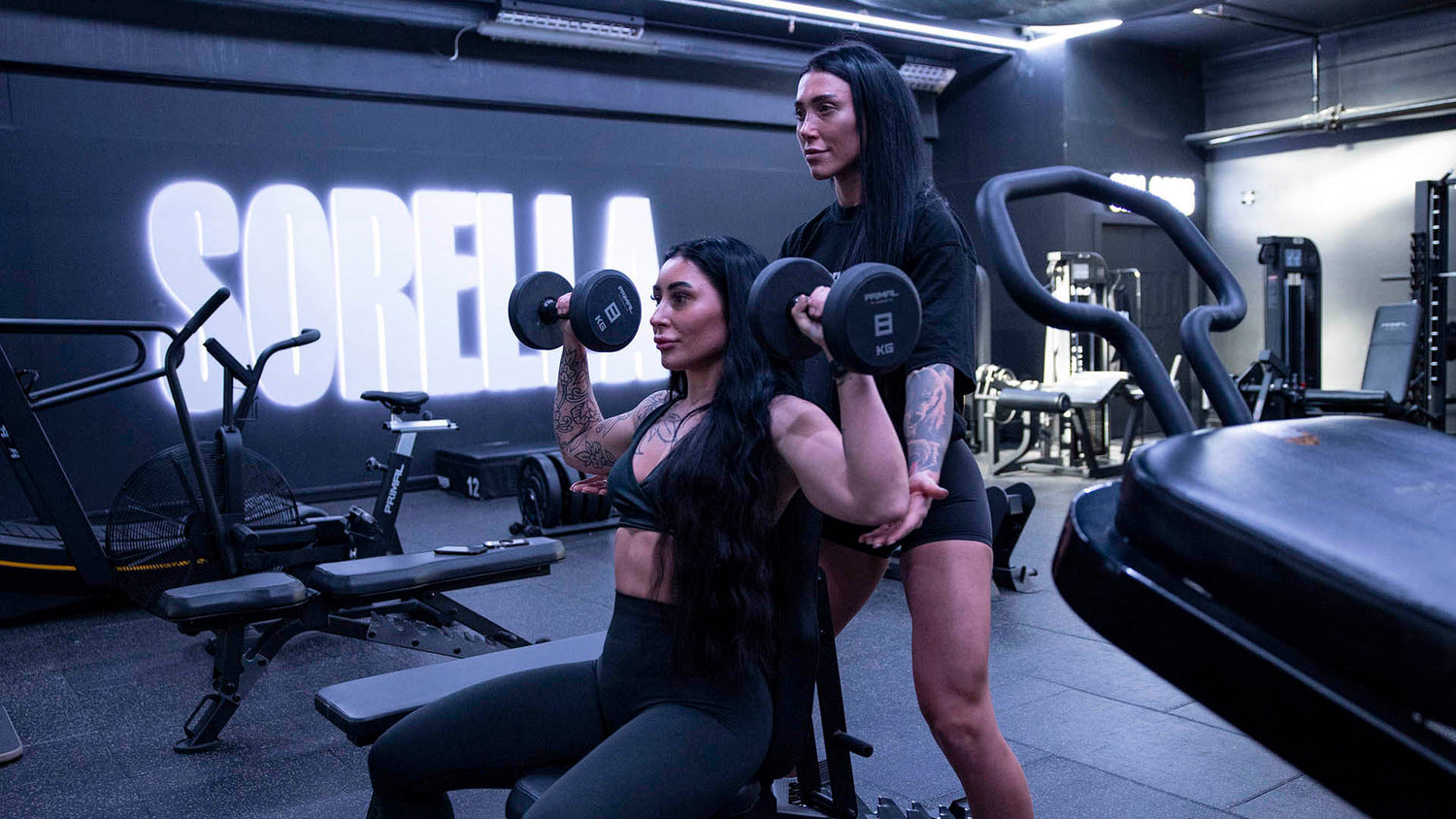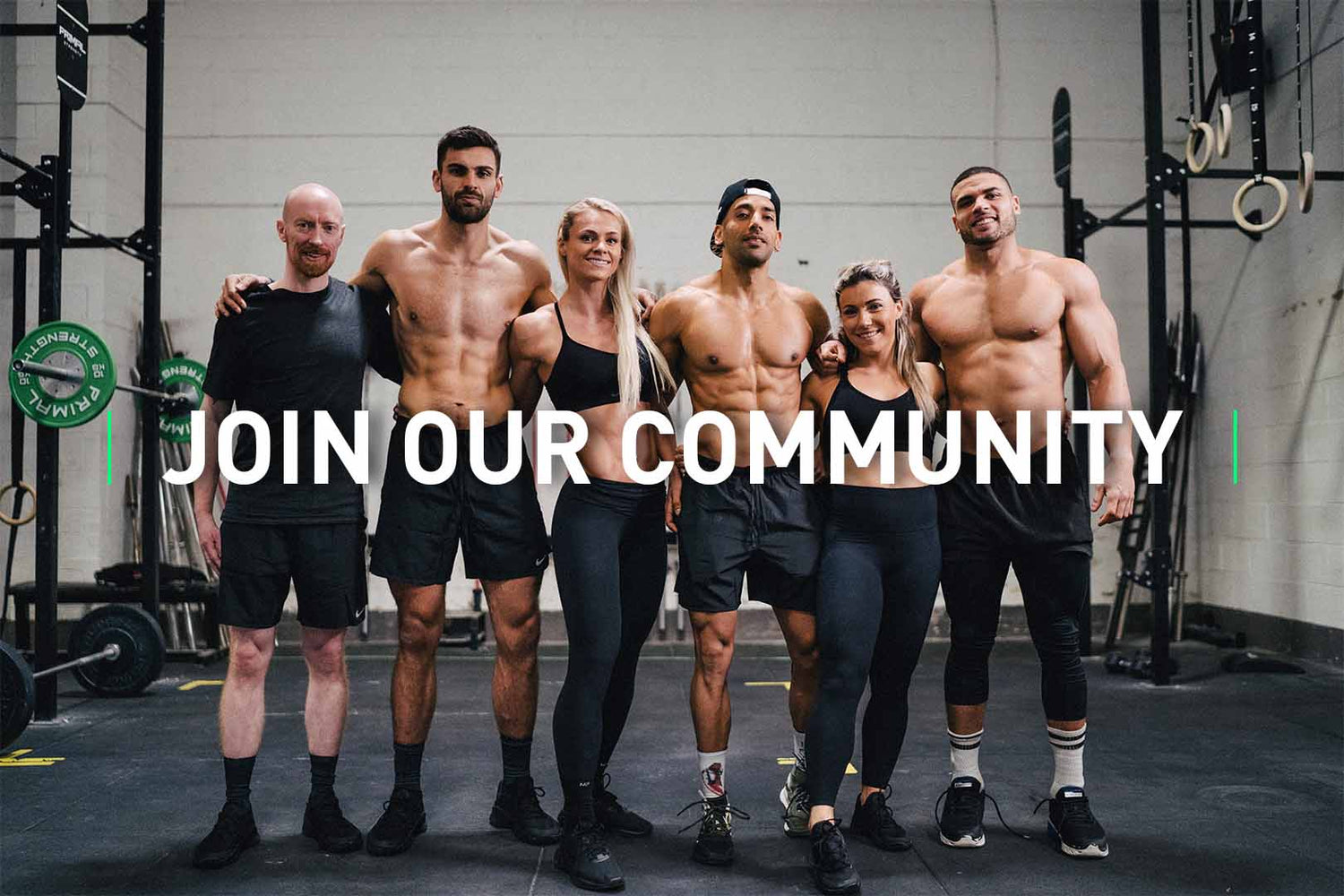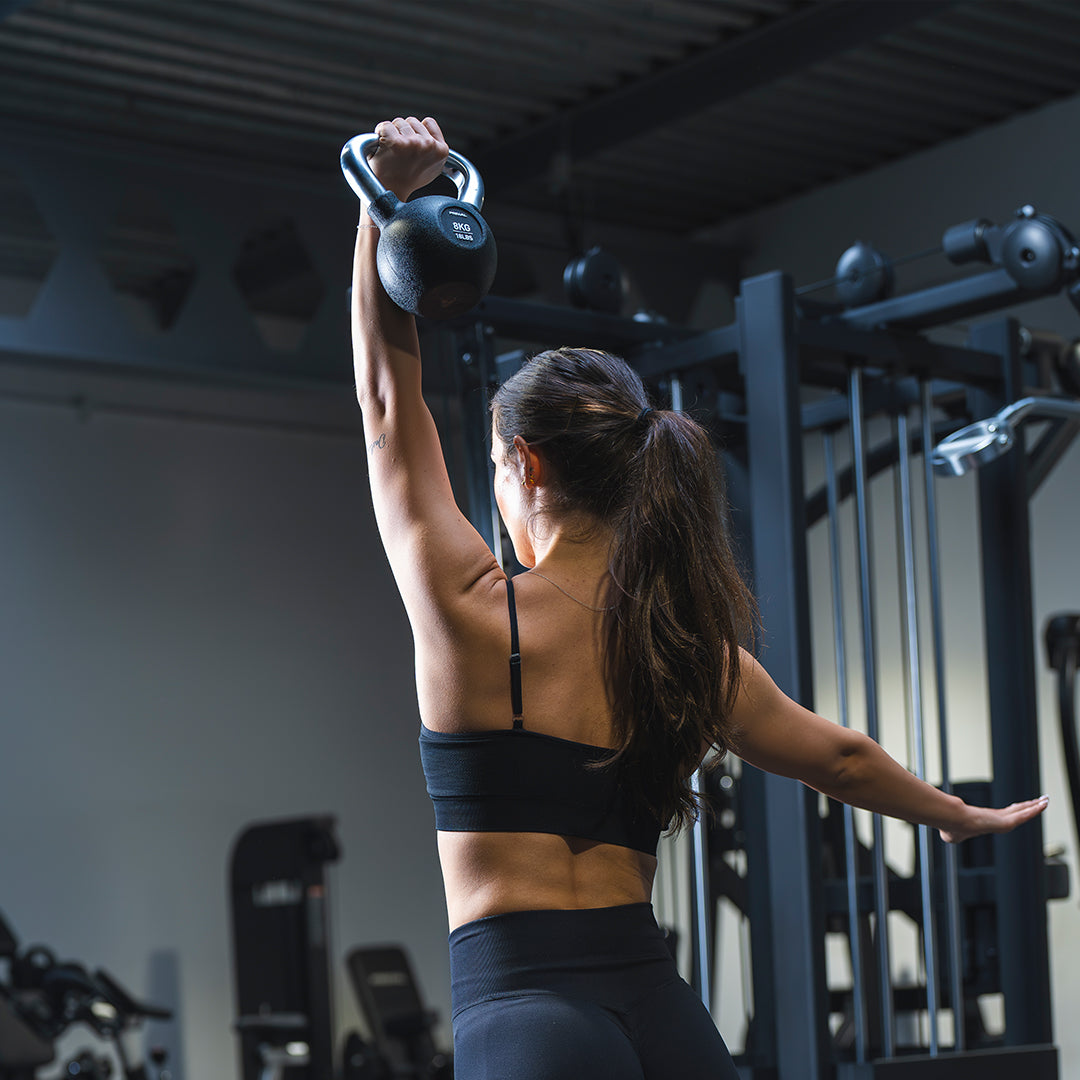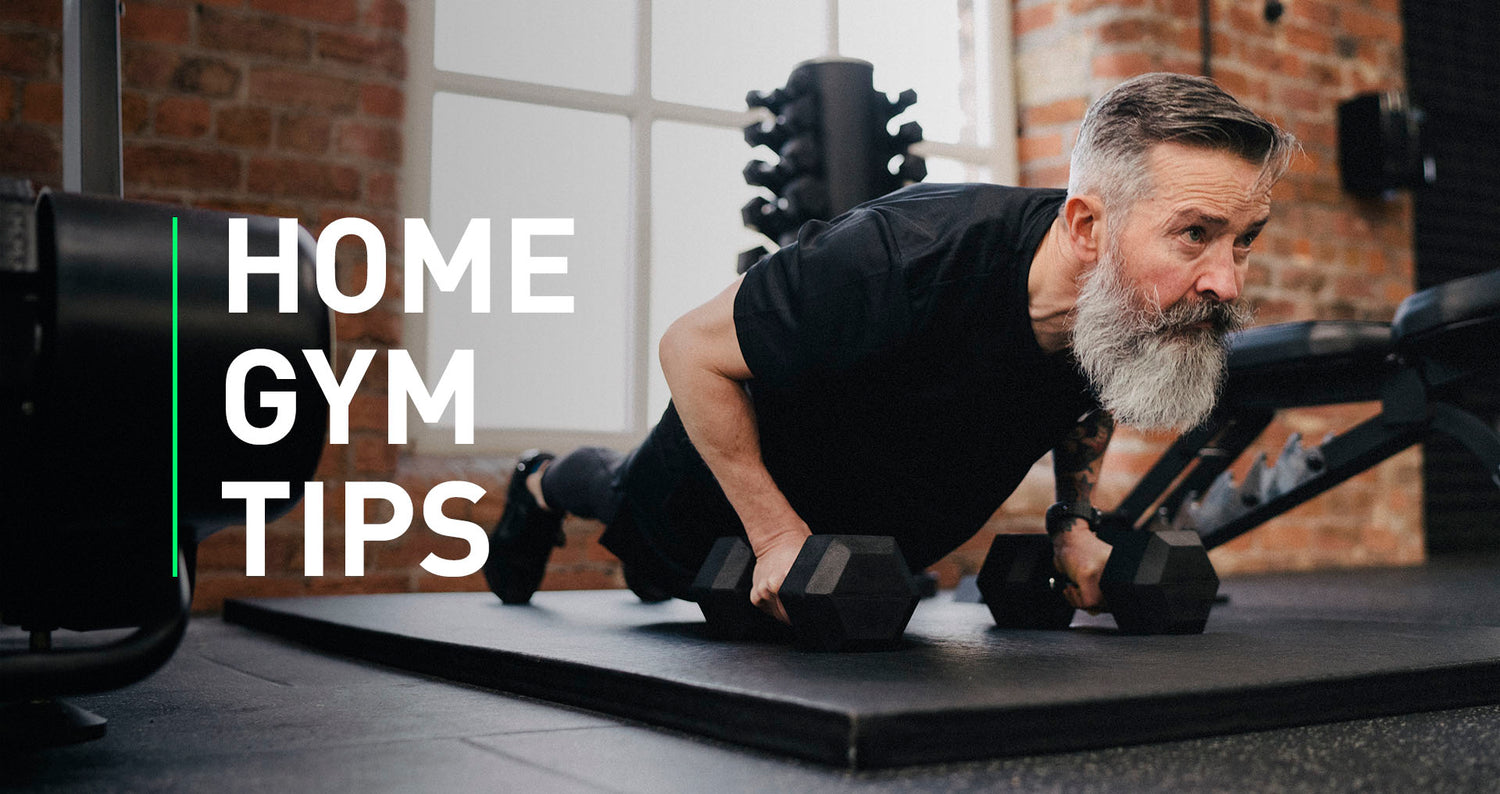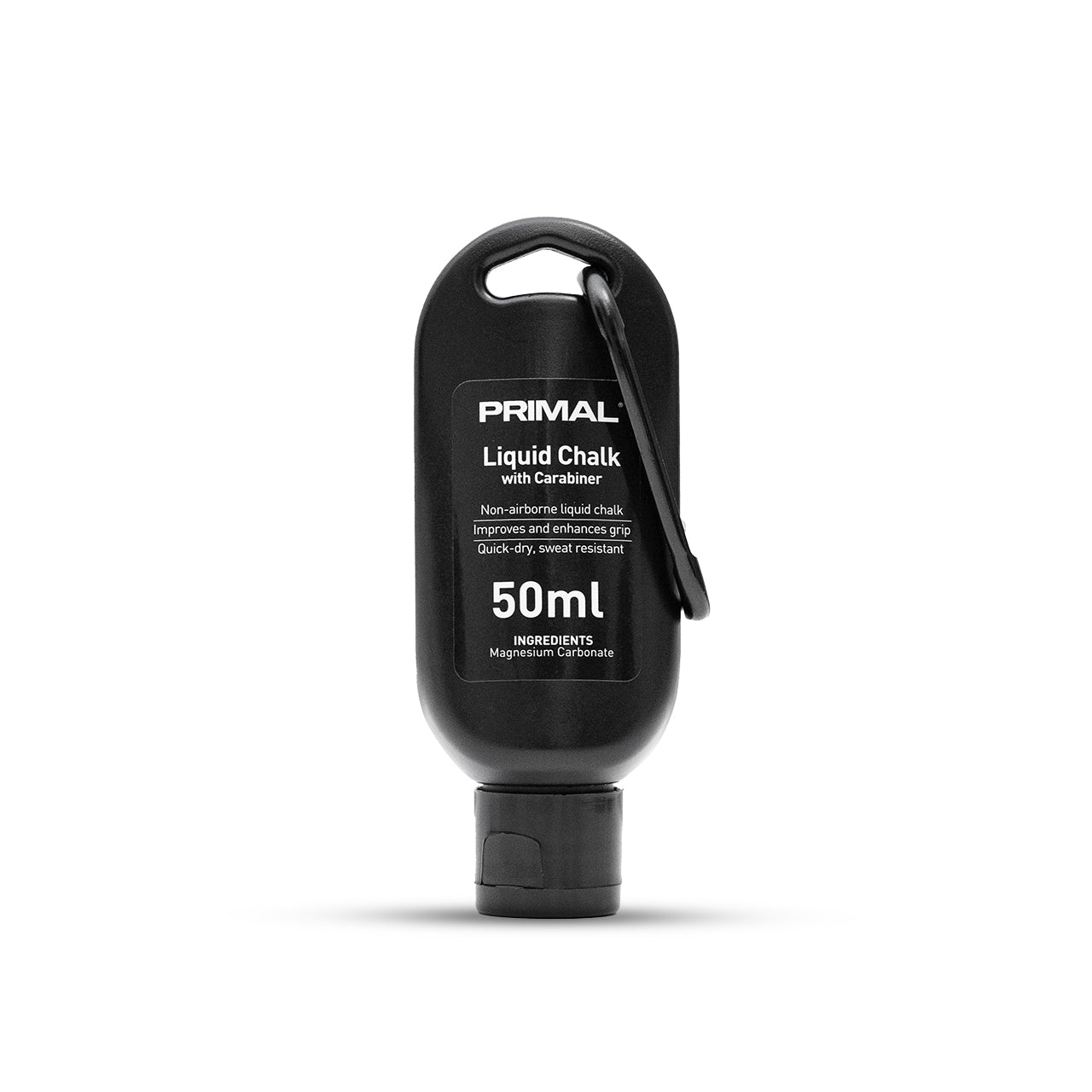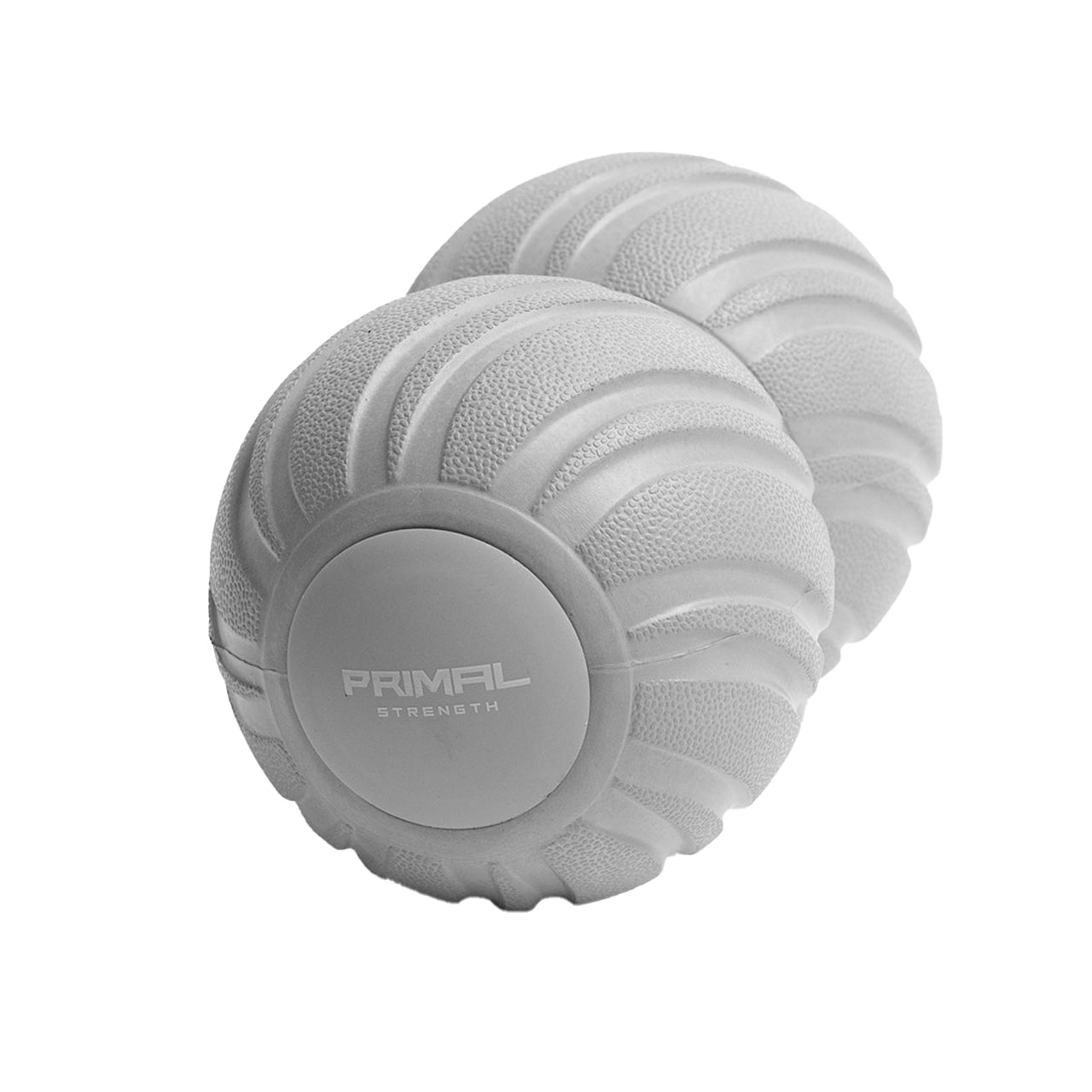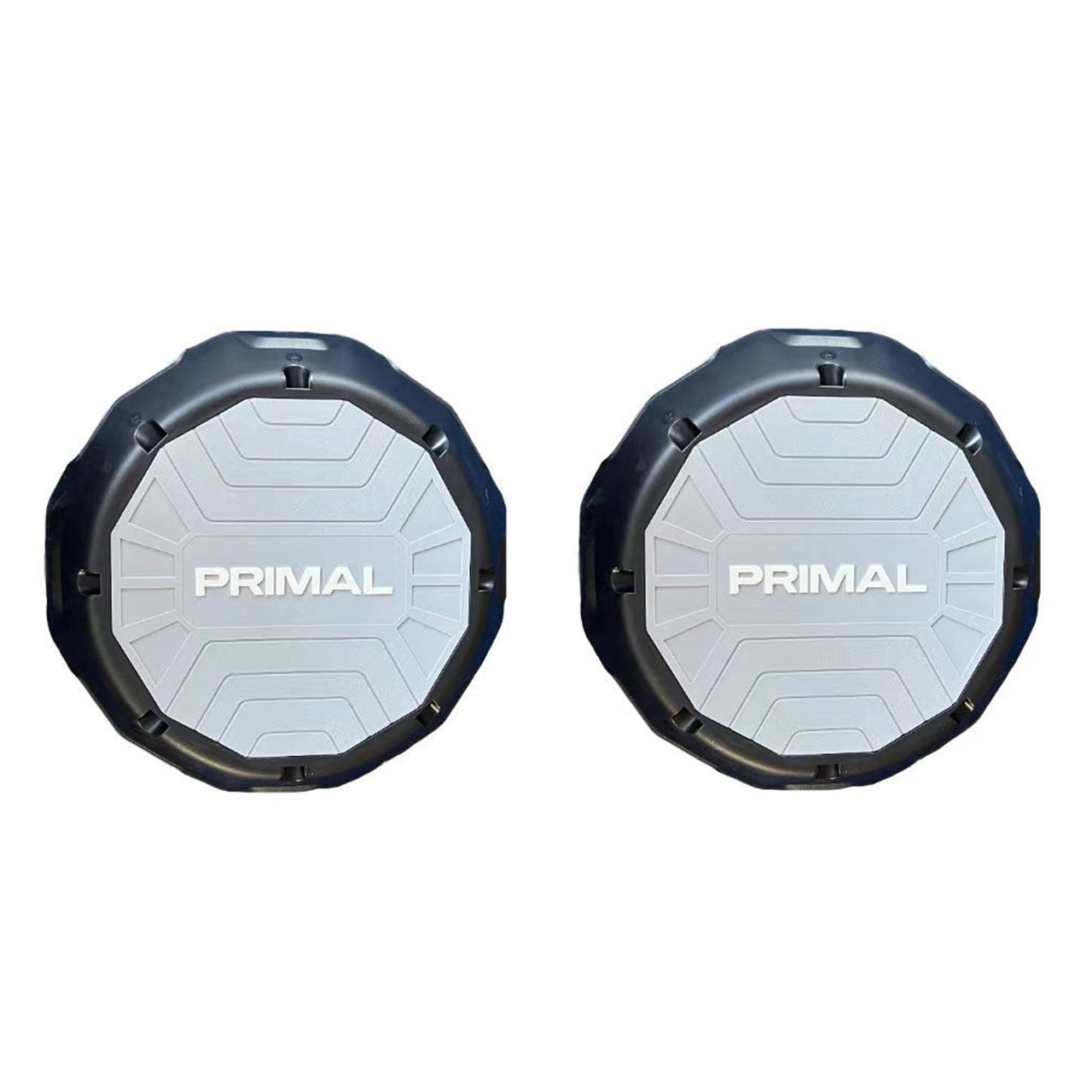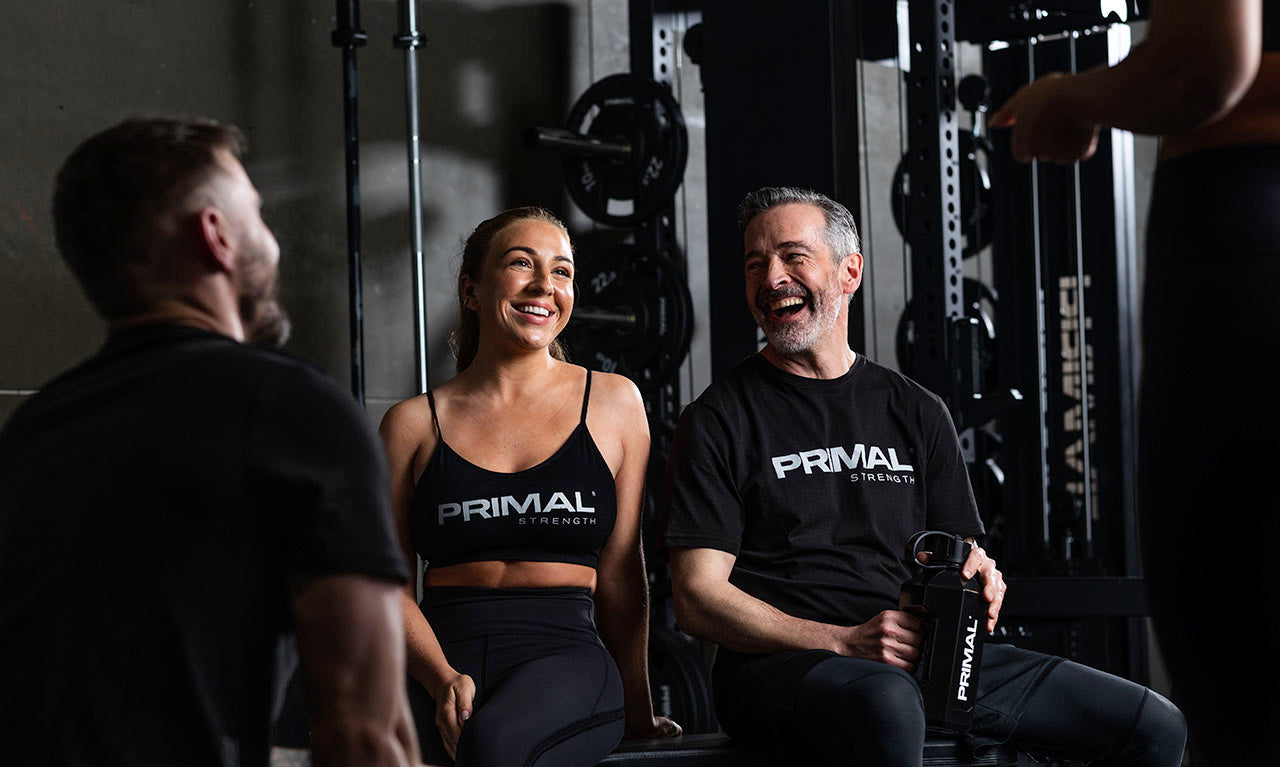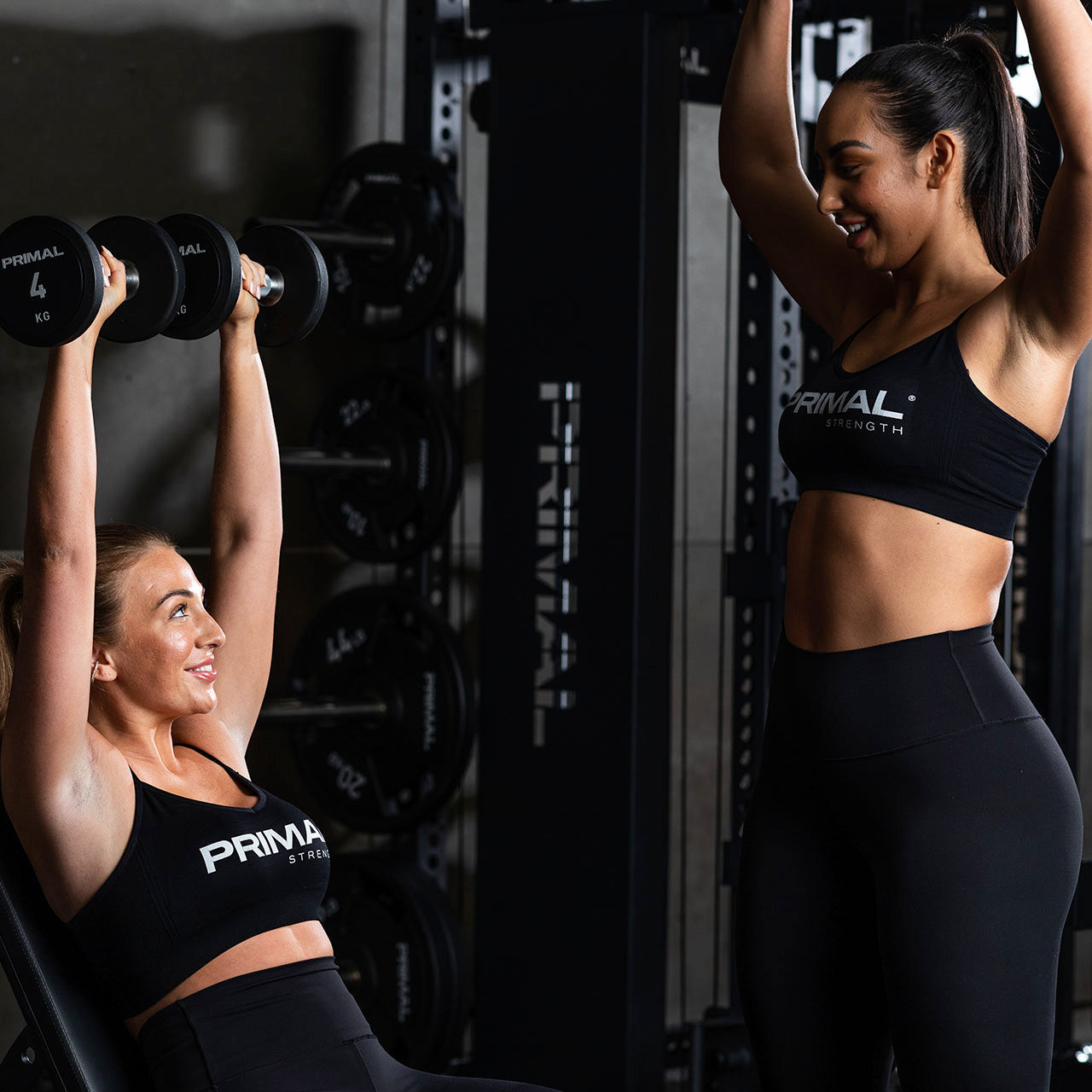
Understanding the Importance Incorporating Glute Training Into Your Workout Plans
Over the years we have seen shifting patterns and motivations in training with many people incorporating strength-based training into their fitness regiments. This can be for a number of goals whether aesthetic changes, improved mobility, mental health management or athletic improvement.
Understanding the Importance Incorporating Glute Training Into Your Workout Plans
Over the years we have seen shifting patterns and motivations in training with many people incorporating strength-based training into their fitness regiments. This can be for a number of goals whether aesthetic changes, improved mobility, mental health management or athletic improvement. Whatever the motivation for training we believe movement is your primal right and we want to support those getting up each day focused on their goals. Understanding the importance of different types of training can have on your overall health and fitness is key to maximising each session.
With that, lets talk about glutes. Whilst time has passed, those stereotypical views of who should and should not lift weights have drifted away and are now rightfully embraced by men and women alike. But when it comes to glutes some of us are missing out on benefits of training as stereotypes still prevail that glute training is largely aesthetically focused. Glute training and the entire gluteal region have multiple functions and subdivisions extending beyond just a desirable appearance.
The Power of the Glute.
Various exercises focussed on and around the connective glute muscles serve us in many ways from elite athletic endeavours, and a strength and conditioning standpoint, to the day-to-day movement of all bodies.
How our glutes appear aesthetically, their assistance in posture and pelvic alignment, and how the glute drive is activated towards powerfully propelling us when sprinting should all be considered when training. Stabilisation when walking, comfortably ascending stairs, and preventative injury considerations such as non-contact injury susceptibility, in the knees and lower back. The glutes serve multiple purposes.
There is no denying just how vital training the glutes are for men and women. For example, the quadricep angle, or Q-angle (where the upper-leg bone meets the lower leg) in women is greater than that of men. Varying woman to woman, women with a wider pelvis and broader hips, in the simplest terms, may have a "less stable" structure. This less stable structure has implications for the pelvis and further down the chain to the knees and ankles.
For sports that involve changing directions, landing, explosive loading and running, to name a few, the glutes are a vital part of the stability and strength needed. Glute strength contributes to controlling the knee path and reducing valgus-knees (knees dropping in). This is believed to be one of the key reasons why female athletes have a greater incidence of ACL injuries than men.
It's essential to train the entire gluteal complex.
This complex comprises fast and slow twitch muscles. Combining lower, heavier, and higher, lighter rep ranges: fast and slow tempos and isometric holds within our training regimes is necessary.
Hip extension, external rotation, hip abduction, stability, and single-leg balance also play a part in strength training the glutes
Key Glute Strength Exercises To Incorporate Into Your Routine
BARBELL HIP THRUSTS
Hip extension, seen from the barbell hip thrust, and the glute drive, is a fundamental movement in many athletic demands and daily life activities. The glute max is the primary muscle and group of musculatures responsible for hip extension.
This movement can be relatively safely loaded with three points of support providing a base – The upper back supported on a bench or box, and feet on the ground, removing concerns around balance and coordination.
Research suggests that the hip thrust has presented more glute max activation than the back and split squat.
Our glute drive machine allows you to get the perfect set up for this move. Or start with a simpler set up using the first barbell designed for hip thrusts our hip thrust bar and our hip thrust bench
DUMBELL STEP UPS
Bi-lateral and single-leg movements should be essential to any lower body strength training. Especially in athletic performance, body weight is shifted from limb to limb in bounding, landing, changing direction and stabilisation, stemming from the hips in which the glutes play a crucial role.
Height in which an individual steps ups to, to load, upper body and foot position can all be ways to progress, regress, modify and adapt the step-up movement.
This particularly challenging movement requires much stability with a necessary focus on exerting the lead leg over bouncing off the rear leg.
Suppose you're familiar with the "standard" step-up. In that case, you can challenge yourself further with the lateral step-up, crossover step-up or diagonal step-up.
THE ROMANIAN DEADLIFT
A familiar strength and functionality staple amongst many, the RDL incorporates the glutes and hamstrings to a high degree. The RDL offers hip activation and flexion compared to its stiff-legged counterpart and creates greater awareness of hip extension and flexion.
Developing a stronger RDL contributes hugely to glute strength. Learning to hinge from the hips positively transfers into better technique whilst maintaining a neutral spine for bent-over rows, kettlebell swings, and many other posterior chain movements.
The power of strength training provides several other health benefits, regardless of any person's ability - from reversing muscle loss, reducing body fat, improving cardiovascular health, and increasing bone mineral density to enhancing mental health.
Strength training should be considered essential for the whole population.

